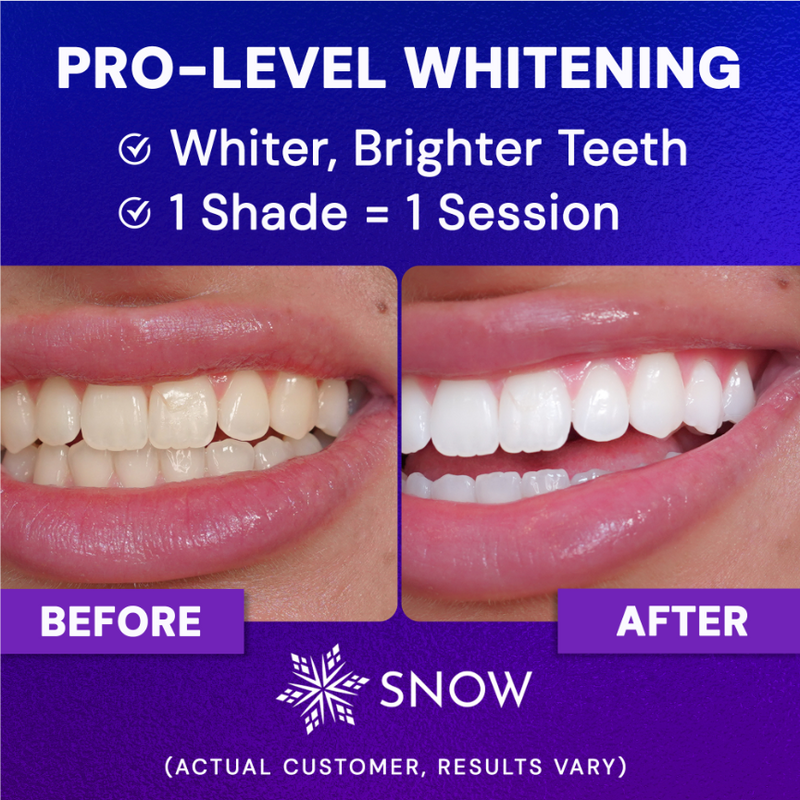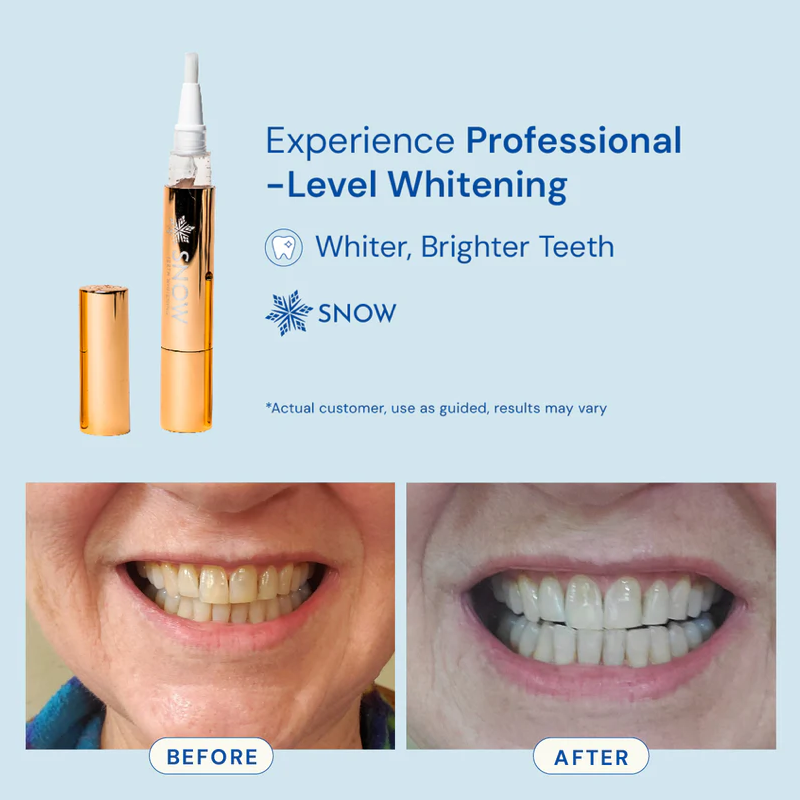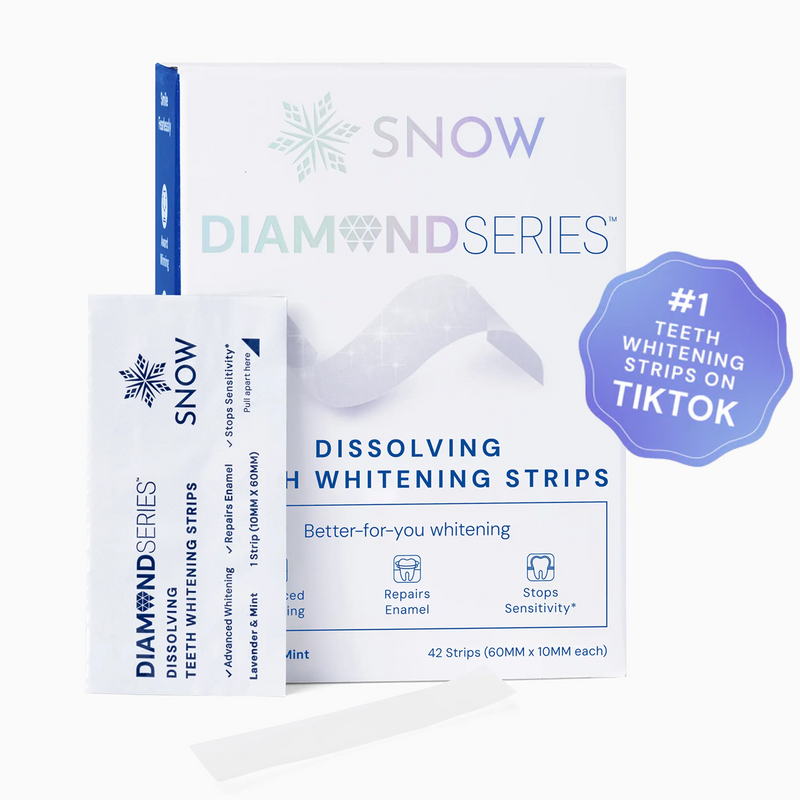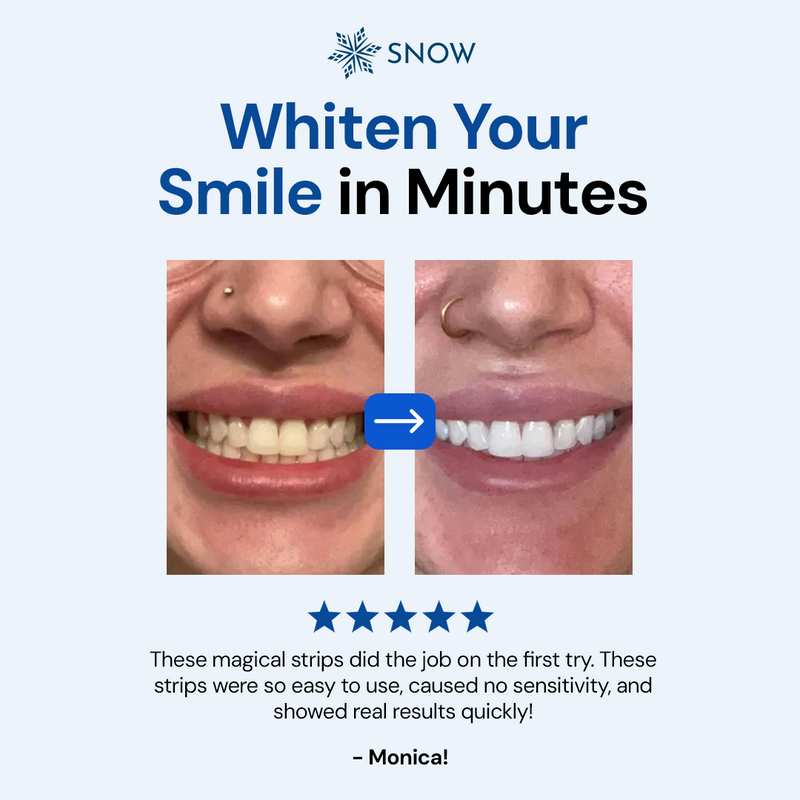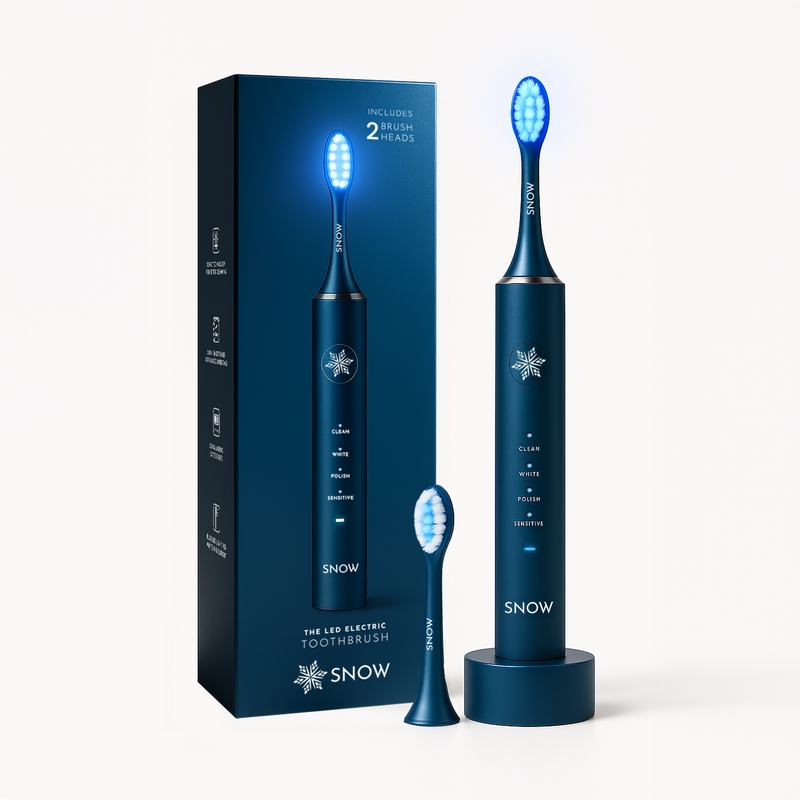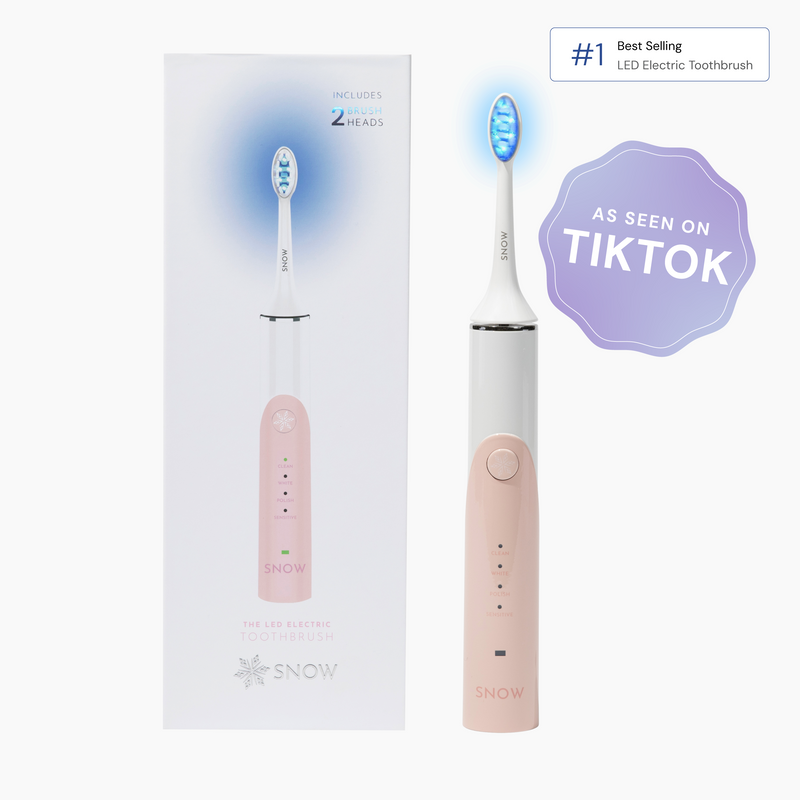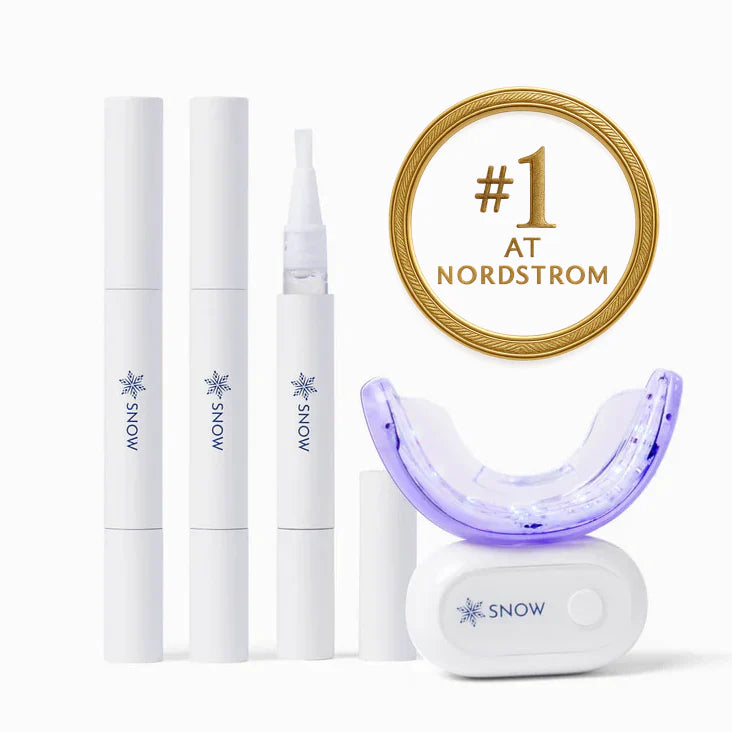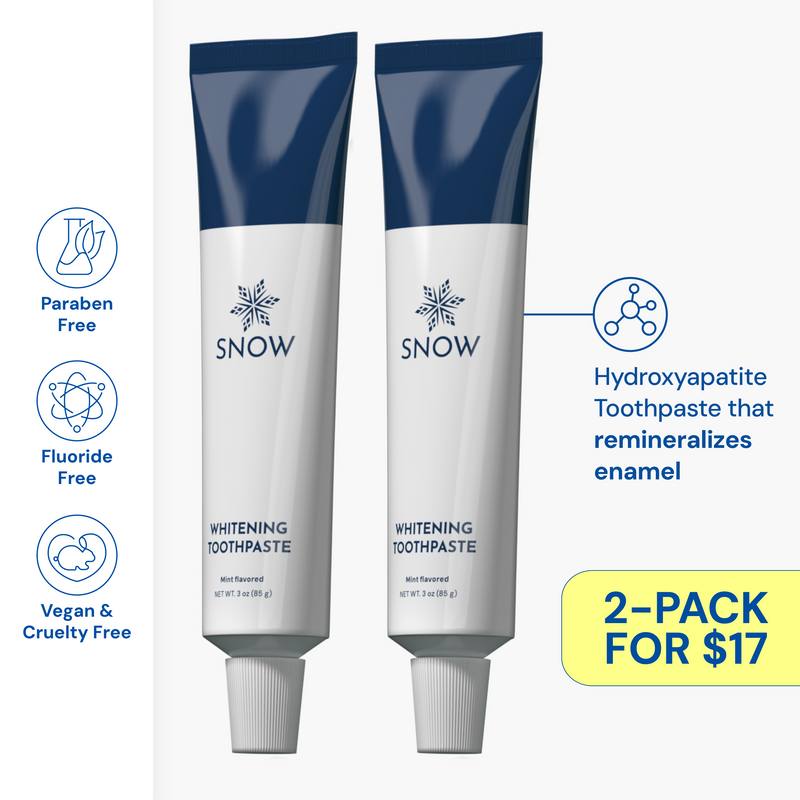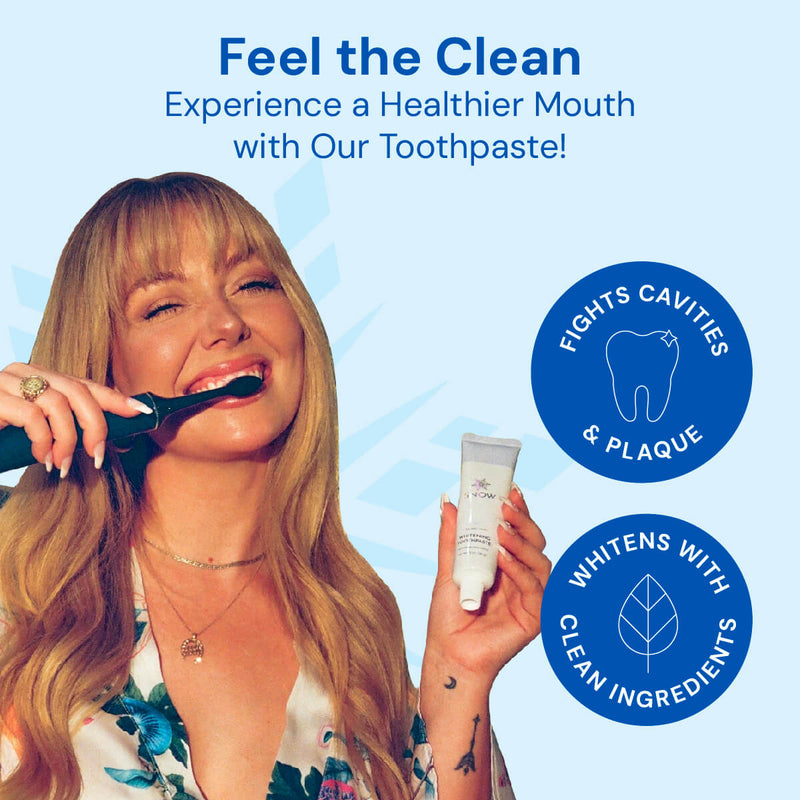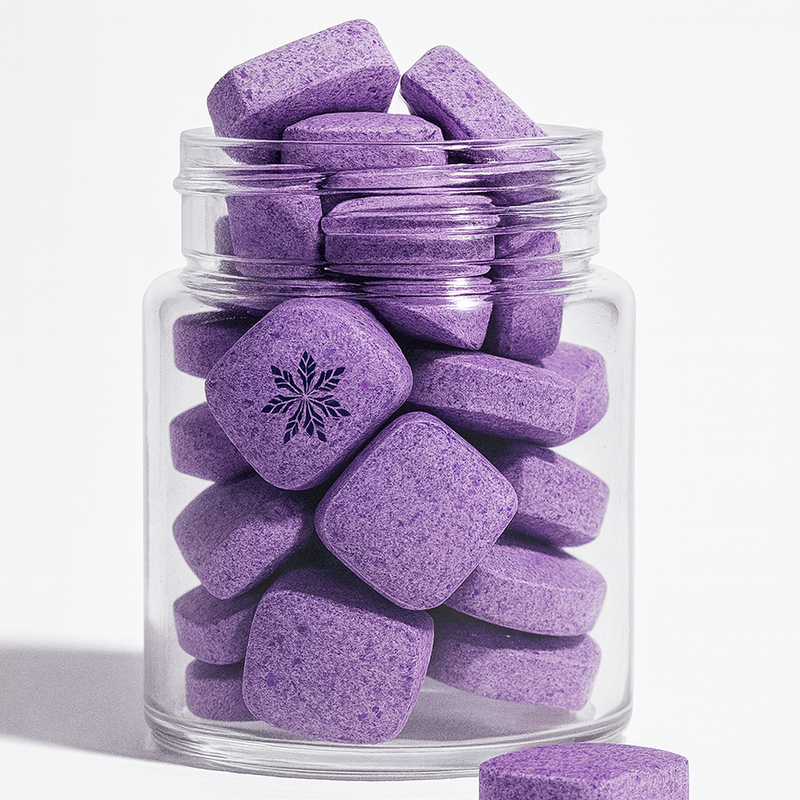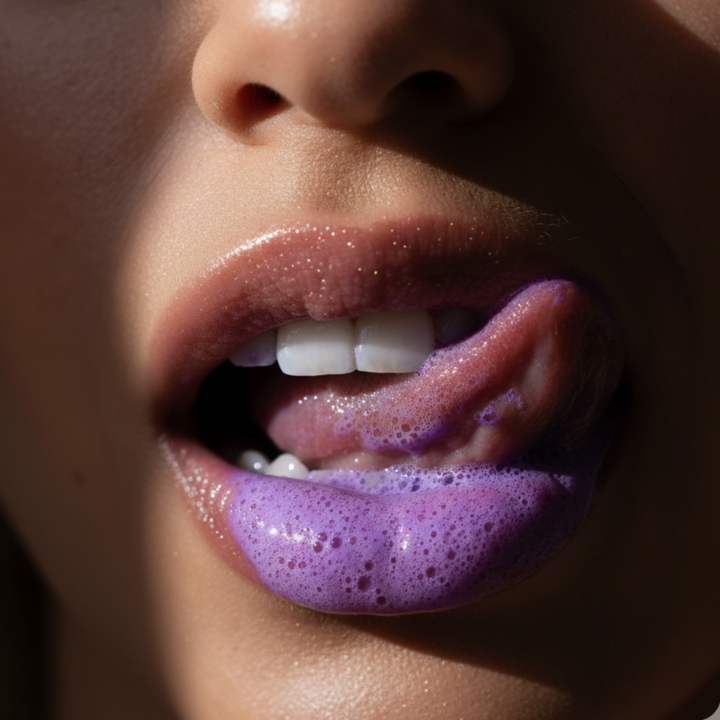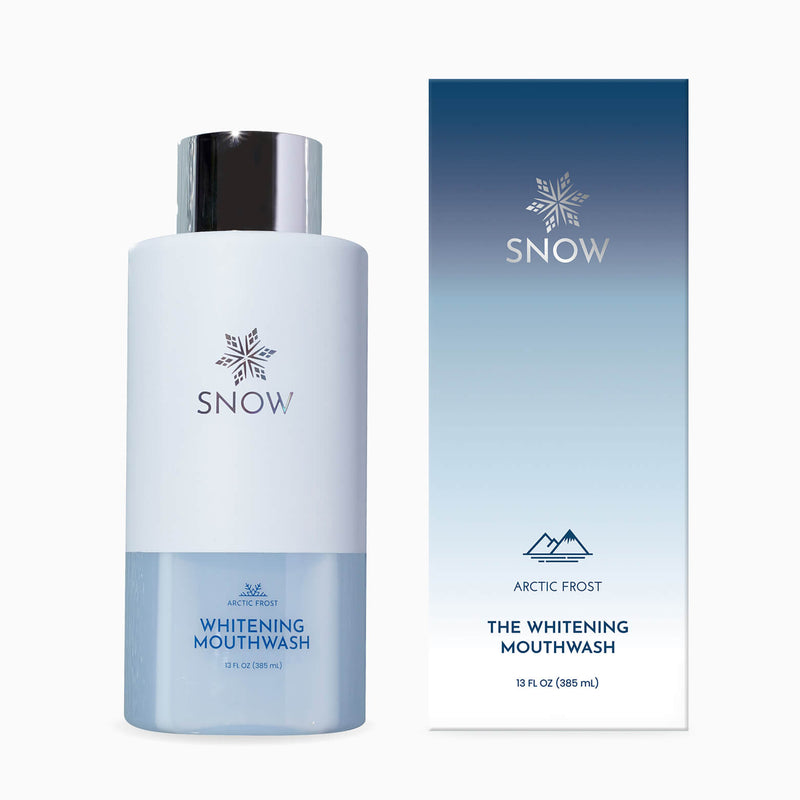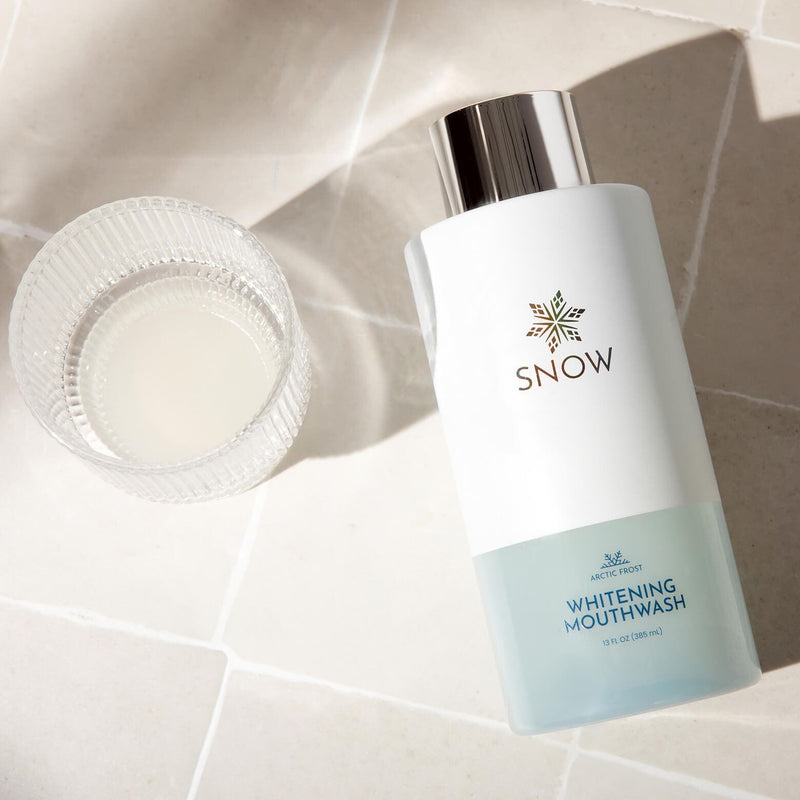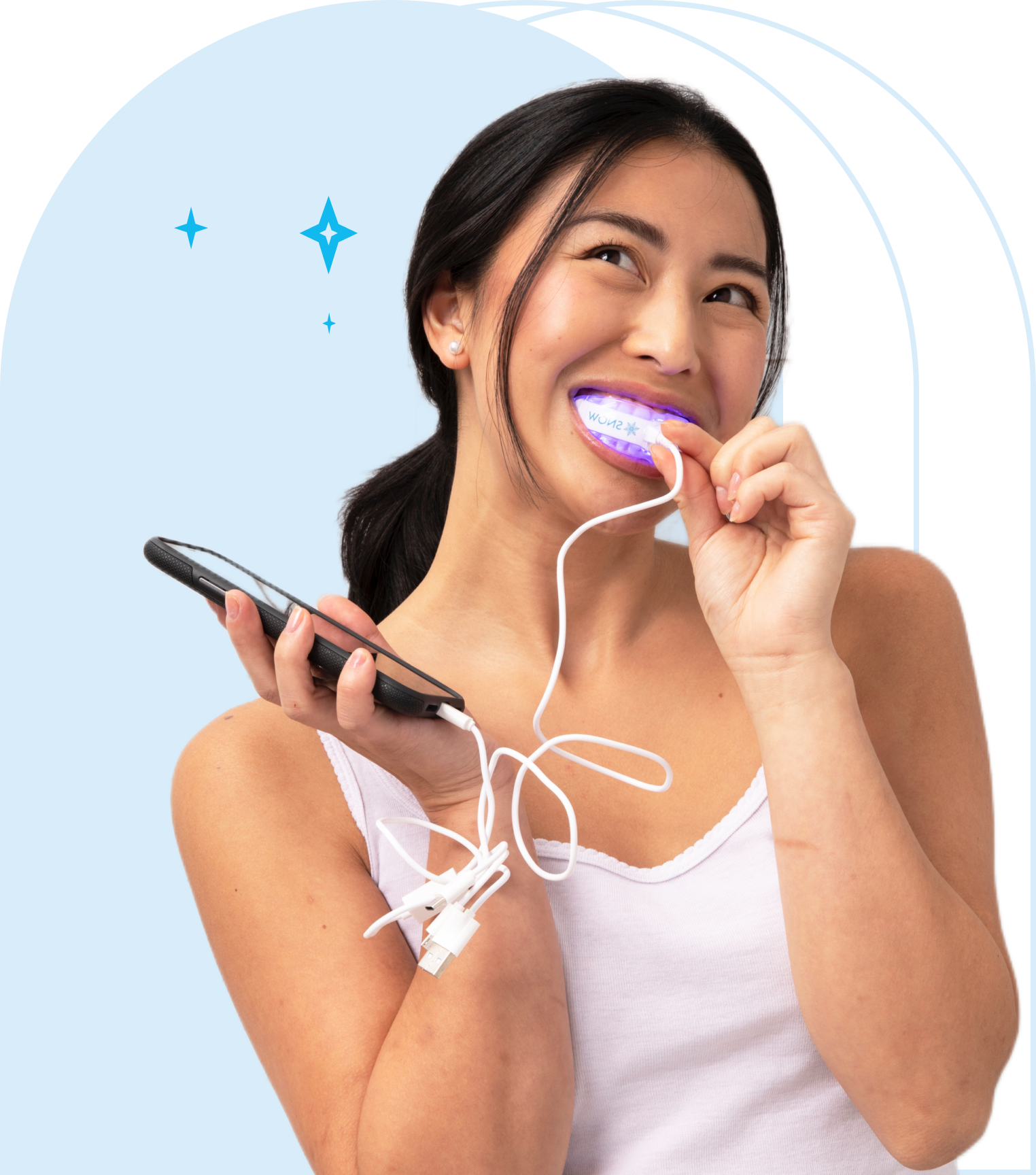Each of us wants to make a good first impression and our smiles have a lot to do with that. So, what does your smile say about you? Are you drawing people in by flashing them your pearly whites or are you putting them off by shading them with your dingy neutrals?
What Causes Tooth Discoloration?
There are two different types of tooth discoloration and there are different ways to whiten each. It has everything to do with the anatomy of the tooth.
Anatomy of a Tooth
Each tooth has an outer shield called the "enamel". The enamel, which is the hardest material in the human body, covers the soft tissue of an inner layer called the "dentin". This enamel combined with the dentin beneath it create the visible part of the tooth, which is called the "crown," Under the dentin is a softer part of the tooth; the "pulp cavity." Inside this opening are housed the nerves and blood vessels.
Within this structure reside the possible 2 different kinds of stains: intrinsic and extrinsic.
Intrinsic Stains. Intrinsic staining is discoloration caused by something inside your own body or teeth, which is a deeper stain in the enamel or dentin of the tooth.
Extrinsic Stains. Extrinsic staining is discoloration caused by an external reason, which is a superficial stain on the outside enamel of the tooth.
The causes of each are different and should be addressed using different methods.
Causes of Intrinsic Stains
There are a handful of things that can cause internal stains, including:
- Injury to the tooth.
Childhood injuries to the teeth or jaw can result in the discoloration of adult teeth.
- Overconsumption of fluoride.
If water is unfiltered, certain minerals can accumulate in the body. Fluoride tends to adhere to the calcium molecules that are utilized in tooth creation, and it can cause discoloration.
- Medications taken while the teeth were still developing.
Because permanent teeth continue forming during childhood, before they have erupted, chemicals ingested during this time can still affect the maturing tooth. Specific antibiotics (Tetracycline and Doxycycline, for example) have proven to cause discoloration in adult teeth.
Causes of Extrinsic Stains
Anything that is passed over the teeth can cause external stains, including:
Certain foods
Some foods are very acidic, and most foods have some sort of color. The acids in foods can start eating away at the enamel, and the colors in foods transfer onto the teeth.
Dark drinks
Sodas, coffee, red wine, tea. The same way that food colors deposit on the teeth, the colors of drinks can leave their color on the tooth's surface.
Smoking. Because of the chemicals in cigarettes, especially nicotine and tar, the habitual use of the product and continued exposure to those chemicals leaves dark stains on the teeth.
Chewing tobacco
As with smoking, the chemicals in and the color of tobacco leave yellowing marks on the teeth with which it comes into contact.
Poor oral hygiene. Everybody eats and drinks. That is why it is necessary to brush and floss the teeth that are being used. This removes acid, tarter, and bacteria each time you brush your teeth.
Regular dental care is also of paramount importance.
At the office, your dentist can make sure tooth decay is treated and a hygienist will clean any build-up off your teeth. Mouthwashes and other oral health products also assist in keeping the teeth clean.
Aging
Nobody can hope to escape the effects of years of teeth usage. With a lifetime of eating and drinking, the enamel on teeth gets worn down and every meal has introduced more colors and acids into the mouth.
Can I Prevent Tooth Discoloration?
Most people want to have whiter teeth, so is there a way to avoid discoloration?
- Brush your teeth. It is not always possible, but the first and most important way to prevent tooth discoloration and decay is by brushing after every meal.
- Good nutrition. While some foods and drinks can lend to stained teeth and poor nutrition that will leave your teeth weak and susceptible to decay, other foods help to clean film and other deposits off of the teeth. Good nutrition serves to strengthen teeth and gums.
- Have regular dental check-ups. Regularly seeing a licensed dentist for exams and cleanings will help to combat the build-up of tarter and plaque on teeth. These elements can lead to tooth decay, which is a major cause of yellowing teeth. This practice will also help to prevent cavities and find out what treatment your dentist recommends for continued good oral health.
How to Whiten Teeth
Even after doing your best to avoid yellowing teeth, life happens. and you end up wondering how to get back your once white teeth. Well, each of the two types of tooth stains is helped in different ways:
Intrinsic Whitening
The best way to whiten the appearance of these interior stains is to cover them up. Because the discoloration was caused by something that wasn't superficial, these stains are often covered by placing veneers or crowns over the teeth.
Extrinsic Whitening
It is much easier to whiten extrinsic staining because the discoloration is on the surface of the tooth. Is this an issue that requires the help of dental medicine?
Because professional teeth whitening requires a licensed dentist, is costly, and can lead to multiple trips to the dentist for treatment, most people would prefer to whiten their teeth at home.
Can I Whiten My Teeth With a Toothbrush and Toothpaste?
Wouldn't it be great if you could whiten your teeth just by brushing them? A whitening toothpaste can help, but it isn't the heavy-hitter you might want it to be.
Brushing and flossing are really important ways to keep your mouth clean and free of staining bacteria and there are even some mouthwashes that can help whiten teeth. But for a more extreme change and a quickly brighter smile, you'll have to pursue a more aggressive teeth whitening plan, like using whitening strips.
What are Whitening Strips?
Whitening strips are very common. You have even walked past white strips in the grocery store. Whitening strips consist of a plastic liner that is applied to the front of the teeth.
They have become so popular that The American Dental Association has approved these strips for at-home use. But do they remove stains? Will they give you whiter teeth?
Do They Work?
The short answer is yes. How well they work is relative to your expectation and the starting color of your teeth. But how do they give you white teeth?
How a Whitening Strip Works
It is easy to learn that teeth whitening products contain varying levels of hydrogen peroxide, carbamide peroxide, or sodium hydroxide. In proper quantities, these chemicals have good whitening results. They work by bleaching the molecules responsible for teeth stains.
How to Use Whitening Strips
Whether you choose The Magic Whitening Strips, Crest Whitestrips, or anything in between, it is important that users read and follow the enclosed teeth whitening instructions carefully.
So, after you have your strips of choice, this is how to start getting a whiter smile:
1. Carefully read the teeth whitening instructions.
2. Apply the strips to your teeth, gel side against the surface of the tooth, being careful to not place it on the gums. There is usually a strip for the top teeth and another for the bottom teeth and they should be placed just below the gum line.
3. Leave them on for the instructed time.
4. Remove the strips.
5. Brush your teeth and rinse well to remove the whitening gel.
6. Repeat this process as many times as directed by the instructions.
And that really is all you have to do to enjoy your newly whitened teeth. Some strips even dissolve on their own, so all you have to do is put them on and you're done.
Other Options
If brushing your teeth with a whitening toothpaste isn't doing the trick and whitening strips aren't your preference, there are other teeth whitening options.
Whitening Wand/Whitening Pen
These are different names for the same tool. A whitening wand/pen is a small and portable solution for spot-treating specific tooth stains. They use a smaller concentration of the same ingredients that are found on whitening strips.
Teeth Whitening Wipes
These wipes are great for on-the-go teeth cleaning while you are away from a toothbrush. They are a quick way to wipe away the film left on the teeth by food and drink.
Whitening Kits
From the privacy of your own home, you can use the more intense teeth whitening kits. These kits include the same whitening gel as is found on the strips, but in a larger quantity. It is used in a mouth guard that is placed on the teeth. This tooth whitening kit will include UV lights. These UV lights, used in conjucti0n with the whitening agent (usually hydrogen peroxide), will whiten your teeth relatively quickly.
FAQs
-
Will whitening give me sensitive teeth?
One of the main concerns is that whitening will increase tooth sensitivity. If you wear Crest Whitestrips or any whitening strip, this does happen. Sensitivity is caused by the direct application of hydrogen peroxide to the teeth. This temporary increase is nothing to worry about and it will resolve itself; this is not permanent, and it has not caused tooth damage. Be sure not to accidentally whiten sensitive gum tissue and it also helps to stay away from hot or cold foods during this process.
-
Can I whiten veneers or other dental work?
Because the material used for veneers, fillings, and other dental work is made from a material that is hard to penetrate, this work done in the mouth is not whitened by any tooth whitening product. The material used is matched to the existing color of your teeth and if it begins to look discolored, it is likely because the natural teeth around it are being tarnished.
-
Will at home products Cause uneven whitening?
Uneven whitening is often the result of improperly used products. This is another reason why it is so important to carefully read the instructions that come with your whitening strips or other whitening product and follow them exactly to achieve the desired whitening effect.
-
Will my teeth get whiter if I leave the product on longer?
Leaving the product on longer than recommended will not increase the effect of the whitening gel, but it might cause spots on the teeth. Always follow the directions and adhere precisely to the time limits.
SNOW's Magic Teeth Whitening Strips

SNOW's whitening strips are designed for people who hate whitening strips. Our Magic Strips® treat your teeth to a magical moment as they strip away stains and dissolve in under 15 minutes.
Shop THE MAGIC TEETH WHITENING STRIPS® >
The small, simple film means they're barely visible and whiten your teeth without any of the uncomfortable, gooey mess — all while tasting like a lavender mint field paradise. They're also made with patented P3 Technology® that whitens more effectively than other dissolvable whitening strips on the market.
The Bottom Line
To get the whitening results want, first practice good oral care. Try to prevent staining on your teeth by brushing with a whitening toothpaste. If this alone does not make your teeth white enough, you can use whitening strips. Following the 6 easy steps outlined here, you will get a whiter smile and gain new confidence. You won't be able to stop smiling, showing off your newly white teeth!















































